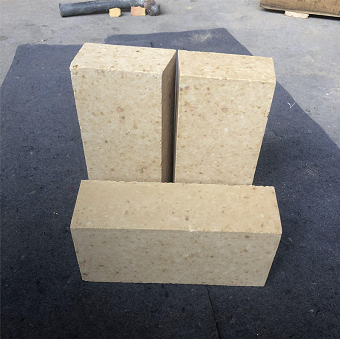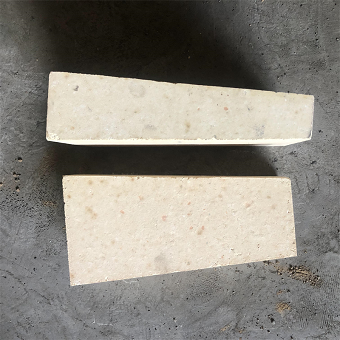Main indicators of fire resistant brick
2022-04-14
Fire resistant bricks. According to shape and size, it can be divided into standard bricks, ordinary bricks, special bricks, etc. It can be used as high-temperature building materials and structural materials for building kilns and various thermal equipment, and can withstand various physical and chemical changes and mechanical effects at high temperatures.
The quality of fire resistant bricks can be identified from the main indicators such as refractoriness, softening temperature under load, compressive strength at room temperature, residual line shrinkage and porosity. There are many factors affecting these indicators, which are briefly explained below.
1. Refractoriness: Refractory is the property of fire resistant bricks that can resist high temperature without melting during use, and is one of the important indicators for evaluating quality. If the refractoriness is not high, a large amount of liquid phase will be produced inside the brick due to the high temperature for a long time during use, which will cause all the masonry to be destroyed by melting. The level of refractoriness depends on the chemical mineral composition of the raw material, the particle composition of the raw material and the viscosity of the industrial liquid phase.

2. Softening temperature under load: The softening temperature under load is related to the structural strength of the kiln at high temperature. The glass phase is less, the crystallization forms a network structure and the porosity is small, and the load softening temperature is high.
3. Normal temperature compressive strength: It indicates the structural strength of the fire resistant brick and the ability to bear static load: it has a great relationship with the brick's resistance to impact and friction. The compressive strength depends on factors such as the density of the product, the composition of the raw materials and the degree of sintering.
4: Porosity: The porosity has a great relationship with the resistance to slag corrosion. The resistance to slag attack mainly depends on the chemical properties of the refractory (acidic, basic, neutral). Clay bricks are acidic refractories, and increasing the AL2O3 content can increase the erosion resistance to acidic and alkaline slag. Due to the large porosity of materials with the same chemical properties, the contact area between the brick and the slag will increase, so that the slag will penetrate into the brick body by means of the pores, and the slag corrosion resistance will be reduced. The porosity depends on factors such as the particle composition of the pellets, the bulk density and the sintering degree of the same product.
5: Residual line shrinkage: The volume fixation of the refractory material at high temperature when the residual line shrinks. During the use of the bricks, due to long-term heating, the bricks are further sintered, and the volume shrinks, resulting in cracks and deformation of the furnace body. To reduce residual shrinkage, the product should be fired at a sufficient temperature.

Relevant information
-

Silicate fire brick
Silicon thermal insulation refractory brick refers to the thermal insulation refractory products made of silica as the main raw material, with a SiO2 content of no less than 91%. In addition to the heat insulation perfor··· -

silica bricks manufacturing process
1.1 Determination of raw material ratio and particle compositionThe raw materials for making silica bricks are silica and waste bricks containing more than 96% SiO2, in addition to lime, mineralizers and organic binders.··· -

Alumina hollow ball bricks
Alumina hollow ball bricks are made of alumina hollow balls and alumina powder as the main raw materials, combined with other binders, and fired at a high temperature of 1750 degrees. It belongs to a kind of ultra-high t··· -

Anti-stripping high alumina brick for cement kiln
Anti-stripping high alumina bricks are made of high alumina bauxite clinker, mullite, kyanite, zircon sand, and binder first through granulation and powdering processes, mixed in a certain proportion, then pressed into s···

